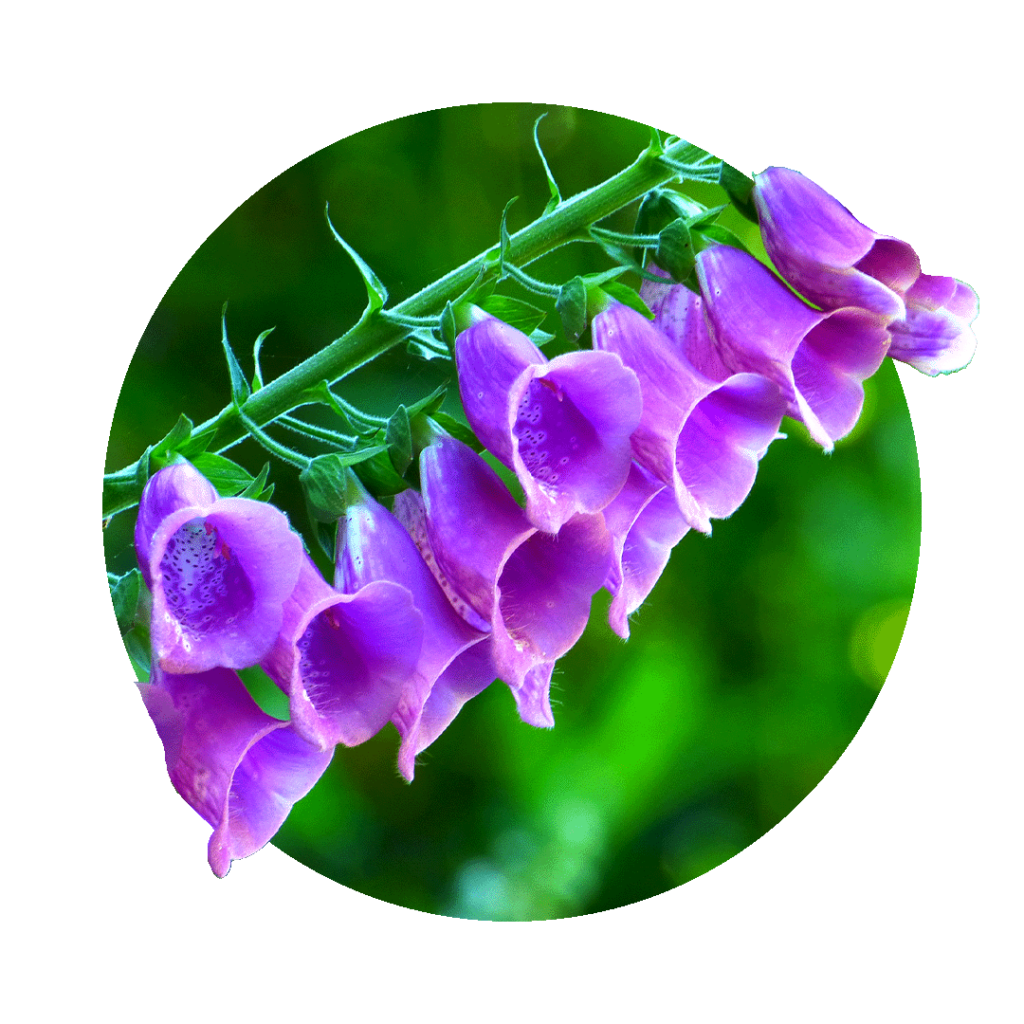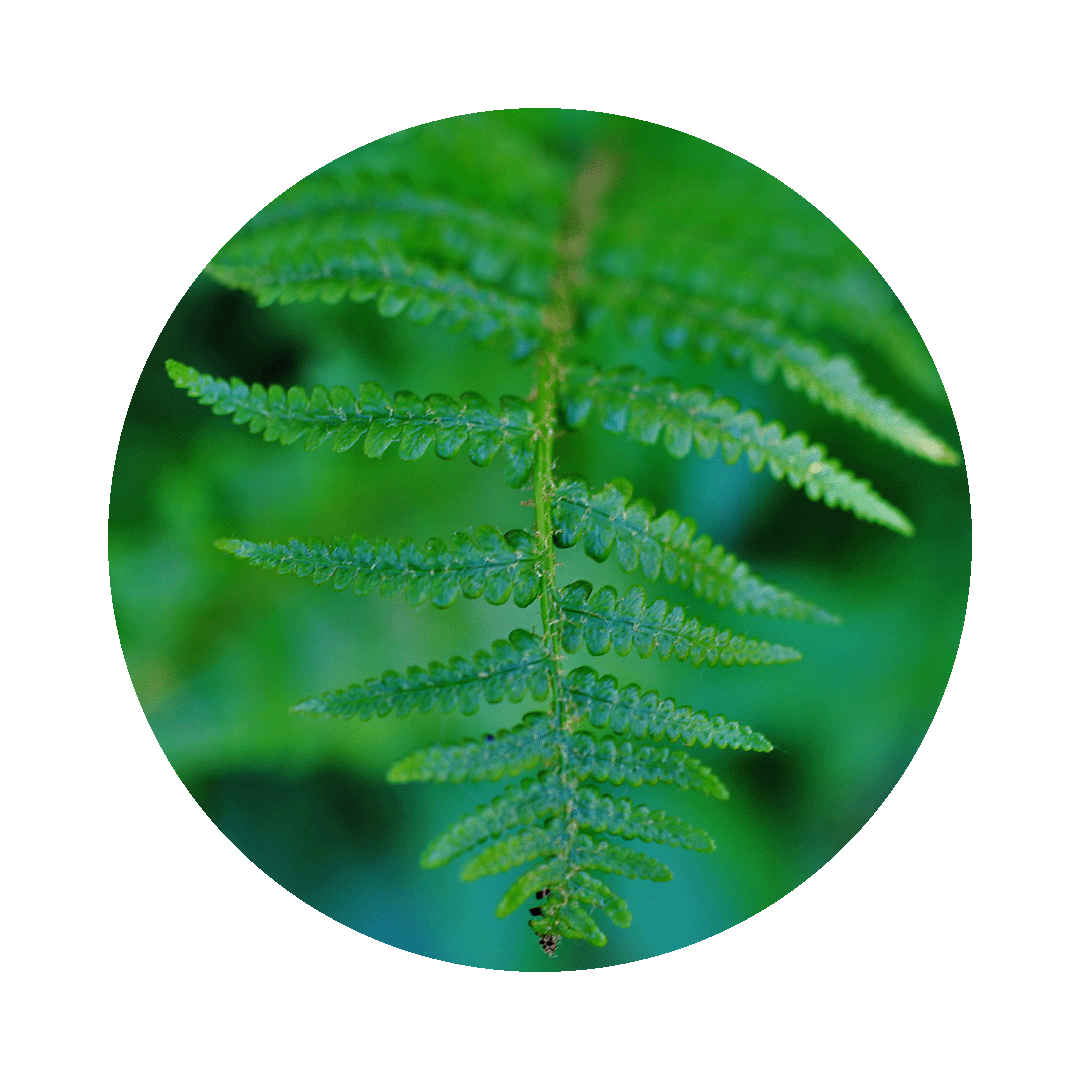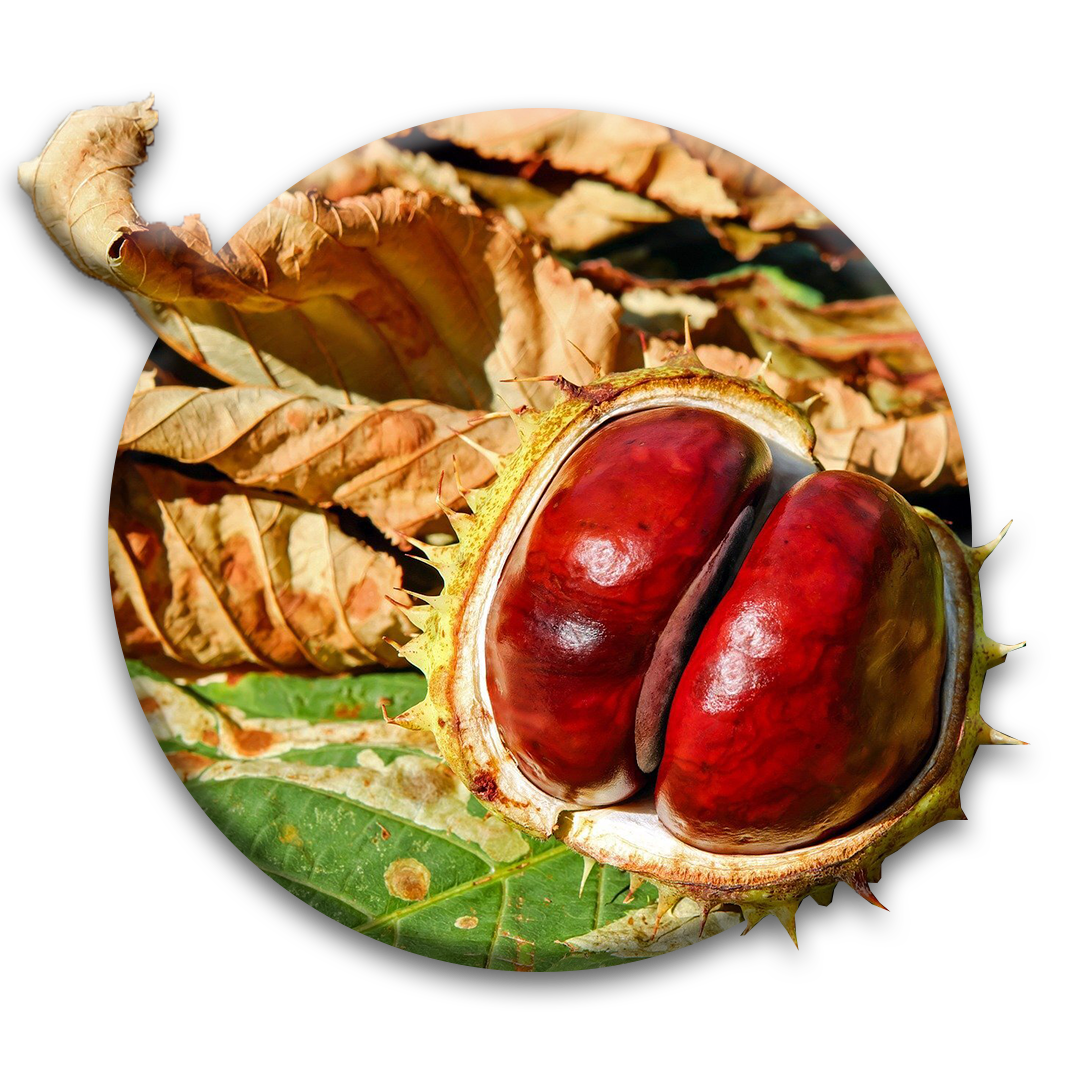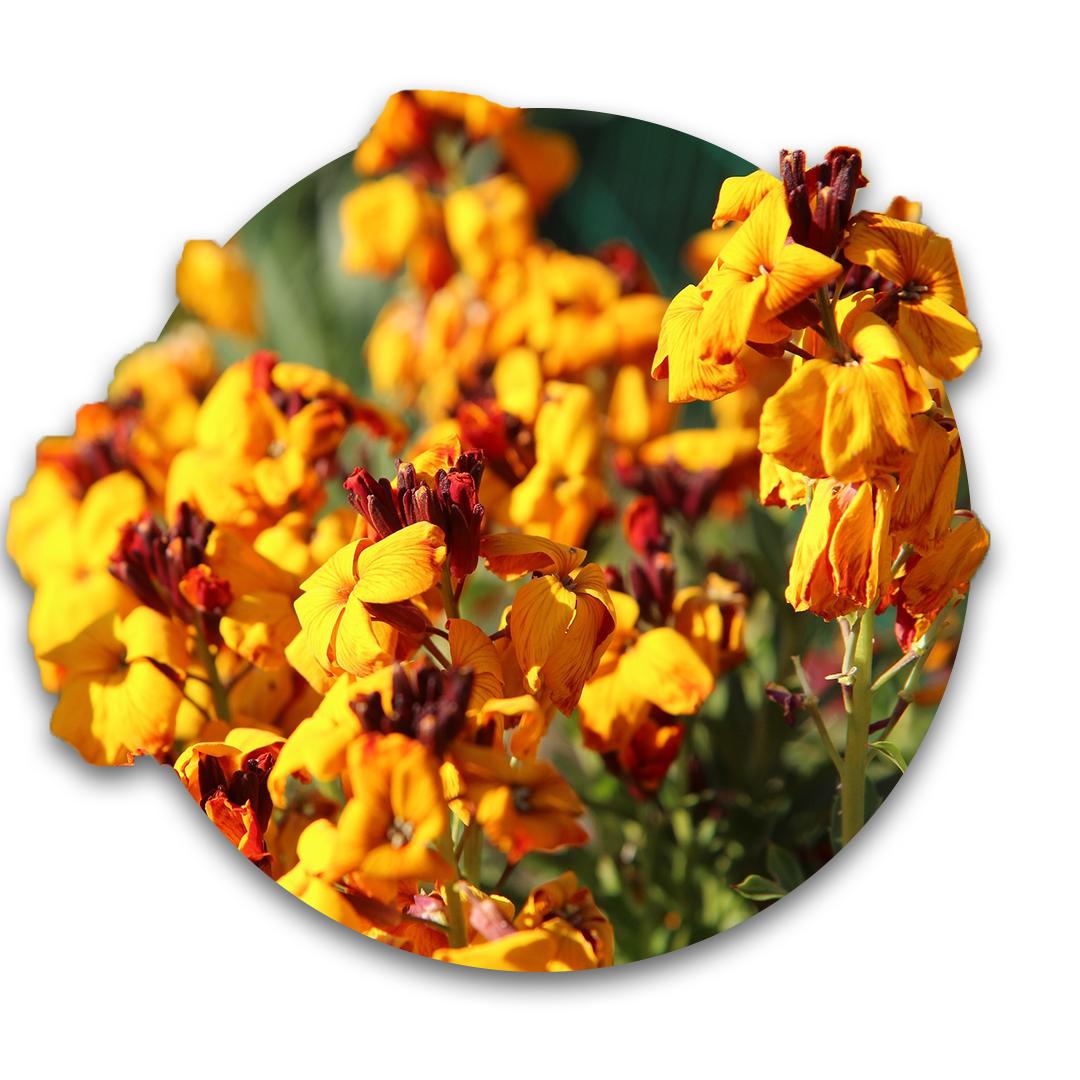Red foxglove: the medicinal plant for the heart
Foxglove is one of the great medicinal plants in our latitudes. Both in naturopathy and in clinical medicine, the plant finds its highly specific application. In ancient times, its use was limited to magical rituals, but since the end of the 18th century, its true potential as a heart medicine was recognized and it began to be increasingly used. Today, digitalization, the treatment of cardiac patients with the poison of foxglove, is a standard therapy of modern cardiology and it is impossible to imagine life without it.
Facts about the red foxglove
Did you know that...
... its strongest distribution in Germany is in the Harz Mountains and Thuringian Forest?
... the plant is called foxweed because it was believed that evil fairies enable foxes to sneak up on chickens silently with foxglove?
... digitalis was first used in England at the end of the 18th century to treat cardiac edema?
What is red foxglove?
Foxglove is a herbaceous plant that grows up to 140cm high and is native to our country. For a long time it was considered a pure ritual plant and was not widely used in medicine. Only since the late 18th century has its explicit use as a heart plant become known. It grows in our country mostly in humus-rich areas, low-calcium soil in partial shade or in sunny locations. Here, in addition to green, long-stalked leaves, it mainly forms rhythmically arranged, characteristic flowers. This pink splendor is unique and immediately catches the eye. The flowers sit opposite each other on the stem and hang with their internally dotted bells towards the ground. Insects love the plant and like to crawl inside the bells because of the nectar.
General and medicinal properties of red foxglove
Draining
Digitalis is dehydrating. Patients suffering from heart failure often develop edema, i.e. water retention. This is due to the fact that the heart no longer moves the blood sufficiently through the veins and the water in the blood can settle in the tissue. The toxins strengthen the heart and help the blood to move again. The edema disappears and degrades again.
Rhythmizing
Digitalis is rhythmic. In cardiac arrhythmias, the heart beats unevenly and powerlessly. The blood thus does not move evenly and threatens to become congested. With its ingredients, foxglove has a strengthening and rhythmic effect on the heart, so that the heart can once again do its work and beat evenly.
Heart invigorating
Digitalis is heart-strengthening. Old hearts in particular lose strength and beat too weakly. So the heart muscle no longer tenses hard enough to move the blood. The poison of foxglove has a strengthening effect on the heart muscle and makes it tense and beat stronger again. The blood can thus be moved evenly again to supply everything with oxygen.
Digitalis purpurea: Ingredients
The relevant constituents of the red foxglove are extracted from the leaves of the plant and processed into finished medicinal products. The cardiac glycosides from foxglove have a narrow therapeutic range, are difficult to dose and tend to accumulate in the body. Therefore, non-stop screening by physicians is necessary. The ingredients are:
- Digoxion
- Digitoxin
Red foxglove: effect for body and mind
Digitalis belongs to the great heart plants of phytotherapy and is nowadays therapeutically indispensable. The plant has a fundamentally invigorating and harmonizing effect. Thus, the heartbeat is balanced and the power of the heart is increased for each individual beat. The heart can beat more calmly and evenly and can thus ensure an optimal blood supply to the body. As a result of the blood being moved appropriately by the heart again, congestion effects such as edema or the like are reduced. Digitalis is strongly vitalizing. It provides the body with vitality and also gives the body a chance to settle into a harmonious balance on a mental level.
Properties of red foxglove
- heart strengthening
- Heart rate lowering
- Stroke volume increasing
- draining
- anti-edematous
- rhythmizing
Fields of application in naturopathy
All of the applications of the plant go back to the influence on the heart and blood circulation.
Red foxglove for heart failure/heart failure
Due to its strengthening effect on the heart, both the beating force and the rhythm of the heartbeats improve. The heart calms down in its work and fulfills its circulatory task adequately again under the effect of digitalis. Because the blood flows quickly through the veins again, a good oxygen supply is ensured.
Digitalis purpurea for atrial fibrillation/cardiac arrhythmias
In these problems, the contraction of the heart is disturbed. The muscle does not beat in a defined rhythm to pump the blood, but twitches around in the chest virtually uncontrollably. This can lead to heart attacks and strokes. Digitalis ensures that the rhythm is restored and that the blood is moved powerfully with each heartbeat, so that the twitching stops.
Digitalis purpurea for migraine
Migraine can also be a symptom of a weak heart. If the head is not sufficiently supplied with oxygen and blood, some patients feel it by the onset of headaches. As soon as the heart can do its job again and the blood supply to the brain takes place as usual, the pain disappears again.

Red foxglove for edema and water retention
A common symptom of heart failure is the formation of edema. Because the blood does not circulate properly in the veins, but remains in them for too long, water is pressed into the surrounding tissue. Following gravity, this accumulates in the patient's legs. The thimble increases the beating force of the heart and provides a steady rhythm so that blood circulation normalizes and water no longer pools in the tissues. Slowly, the water retention breaks down and is excreted by the kidneys.

Digitalis purpurea for sleep disorders
Sleep disorders can have various causes. Some patients complain of a restlessness in the chest and the fact that they feel their heart beating while lying down. This feeling prevents sleep and is unpleasant. Since foxglove strengthens the power of the heart and makes the heart beat more evenly, the unpleasant feeling in the chest calms down and patients are no longer prevented from sleeping.
Notes on the use of red foxglove
Digitalis can be used in various preparations. Allopathically, digitoxin or digoxion preparations are usually administered orally in tablet form. Here, there is always a risk of digitalis intoxication if taken for a long time, as the toxin breaks down slowly. Naturopathically, extracts of the leaves of the plant are prepared for homeopathic diluted tinctures, tablets or spagyric preparations. It is usually taken as a cure, in older age also regularly.
Digitalis purpurea during pregnancy & lactation
Digitalis should be used during pregnancy and lactation only with the consultation of an experienced therapist. In case of poisoning with digitalis, characteristic symptoms such as disturbances in color perception, digestive complaints, fatigue and headaches occur. Convulsions and hallucinations are also possible. Digitalis has strong interactions with various drugs. Thus, simultaneous use with beta-blockers, some antibiotics, calcium and also caffeine/teein is risky and can lead to severe side effects.
Discover our sprays
With natural methods such as the individual spagyric sprays from Zimply Natural, complaints can be treated and sustainably alleviated.
Use healing power of red foxglove
Use the healing power of the red foxglove and our other 100 medicinal plants for the natural relief of your ailments. Improve your well-being and support your body, mind and soul! Use our configurator to create your personal spagyric spray, which is tailored to your needs and accompanies you on your natural path to the improvement of body, mind and soul.






